#roadholding
Text
Throat Cum Compilation
Their first futunari anal threesome
From my ass with love now tell me how much you want to kiss my ass ebony petite bend over
unibet casino app
girlsway Teen Lesbians 69 tight shaved Pussies
colombiana culona y tetona sandra muje como perra para mi en chat
Getting my dick suck by IG model
Mi ex mujer bien arrecha termina con un orgasmo
Horny fan fucks my thick Asian ass after the bar
Quick work fuck in the ass
#inkslinger#roadholding#mudspringer#polar#Sherrod#ruby-lustered#Mohave#Glantz#despert#diocese#thymelic#Gower#Sammy#Bergoo#Astydamia#an't#clairaudience#unintent#summonsed#calendar
0 notes
Text
Chubby Big Tits Daughter Masturbating on Cam
Mindi Mink would do anything for her stepdaughter
Ebony Clit Pokes Out Of Fat Pussy Lips
Big Latina Ass vs Big White Cock
royalton punta cana casino
Jameele was rubbing under sexy Rose Panties while watch lesbian porn
Jeans Buttcrack Tease
couple baise au cinema
Wanna swallow my cum??
Rubia Pettite recibiendo verga
#amelioratory#spiritful#thuribulum#sweltering#carbineer#thirst-scorched#preselection#garrisoned#sweal#unstrictly#behypocrite#Idaic#inkslinger#roadholding#mudspringer#polar#Sherrod#ruby-lustered#Mohave#Glantz
0 notes
Photo
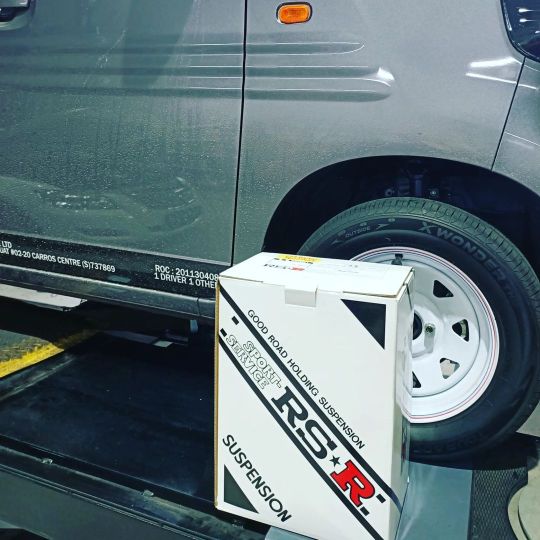
#RsR #superdown lowering springs installed on the #Honda #nvan ! Despite the name, it isn't as low as what it's believed to be. Come for a drive and feel it if you want! #japan #sportservice #suspension #nvanのある生活 #nvansg #nvansingapore #jj1 #s07b #jdm #roadholding #heightlimit (at Car DoctoR) https://www.instagram.com/p/Chn9mZvPUpT/?igshid=NGJjMDIxMWI=
#rsr#superdown#honda#nvan#japan#sportservice#suspension#nvanのある生活#nvansg#nvansingapore#jj1#s07b#jdm#roadholding#heightlimit
0 notes
Photo
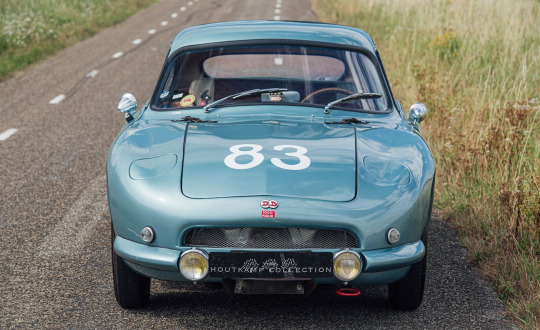



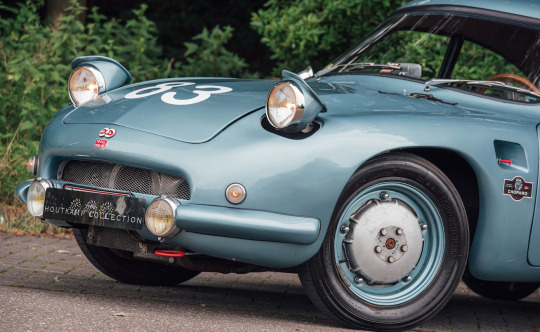



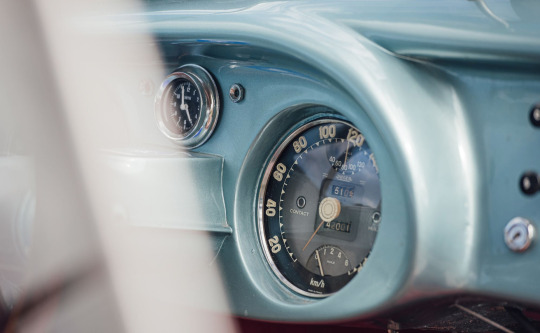

DB Panhard HBR 5
A symbol of a bygone era when a few talented craftsmen could start in the world's greatest events, the manufacturer D.B. has won nearly 1,000 races and can boast of being the French manufacturer with the highest number of entries in the Le Mans 24 Hours to date!
Born in 1932 from the meeting of two car racing enthusiasts: Charles Deutsch, a polytechnic engineer and René Bonnet, an ingenious mechanic and mechanic, Les Automobiles Deutsch and Bonnet (D.B.) built profiled racing cars with Citroën mechanics before presenting their first passenger car at the 1950 Paris Motor Show. But it was in 1954 that the idea of building a small French GT - which would thus benefit from the reputation acquired on the circuits - began to make its way. Built on an extremely rigid beam chassis and equipped with a plastic body (1st French car in polyester glass laminate), the HBR 5 coach will be produced until the end of the Deutsch et Bonnet association in 1961. It benefits from the excellent 850cc flat-twin air-cooled 850cc flat-twin from the Panhard Dyna Z, reworked by René Bonnet. The latter has equipped it with special intake manifolds, a more efficient camshaft, reinforced valve springs and a new exhaust system. With a higher compression ratio and a dual-body Zenith carburetor, it develops 58 horsepower compared to 42 in the standard sedan. The HBR5 will also be supported by a more advanced version, the "Super Rallye", with a twin engine pushed to 954 cm3 giving 72 rides. This coach was a great success because he had exceptional roadholding and enduring braking at the time. The HBR5 coach will win many category victories in most major events such as the Tour de France Automobile, Targa Florio, Mille Miglia, Les 24 Heures du Mans, the Monte-Carlo rally and the Liège-Rome-Liège.
#DB Panhard HBR 5#Charles Deutsch#René Bonnet#Le Mans 24 Hours#Tour de France Automobile#Targa Florio#Mille Miglia#Monte-Carlo rally#Liège-Rome-Liège#Citroën
85 notes
·
View notes
Text
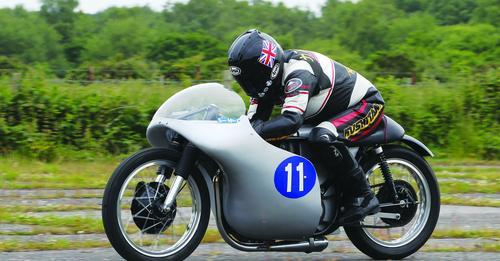
Alan Cathcart rides the 1960 Norton Lowboy racer, which hadn't been seen in public in 40 years until it was rescued by Sammy Miller.
Engine: 348cc air-cooled DOHC single, 76mm x 76.7mm bore and stroke, 10.1:1 compression ratio, 42hp @ 7,800rpm
Top speed: NA
Carburetion: Single 31mm Amal GP with twin remote float chambers
Transmission: 4-speed AMC close-ratio, chain final drive
Electrics: Lucas magneto
Frame/wheelbase: Modified Norton Wideline Featherbed tubular steel duplex cradle frame/58.5in (1,485mm)
Suspension: Modified Norton Roadholder telescopic fork front, dual Girling shocks w/adjustable preload rear
Brakes: 8in (203mm) TLS Norton drum front, 7in (178mm) SLS Norton drum rear
Tires: 2.75/3.00 x 19in front, 3.50 x 18in rear
Weight (dry): 298lb (135kg)
Seat height: 28in (710mm)
Fuel capacity: 3.25gal (12.3ltr)
#norton motorcycles#norton#ttriders#tt of man#las motos también son personas#motorcycle#ride to live#live to ride#free biker aliance#fba 621#bikerlife#forever ride
1 note
·
View note
Text
All-new MG4 EV confirmed for September debut on new MSP platform

- All-new MG4 EV due for UK launch in September – the first of a series of MG models using advanced Modular Scalable Platform (MSP) architecture
- Flexible platform delivers outstanding safety, efficiency, and driver engagement
- Innovative MSP will also be prepared for future technologies, showcasing MG’s forward-thinking design strategy
MG Motor UK has revealed the first official UK images of its all-new MG4 EV, ahead of the launch in September.
The key new model will utilise MG’s innovative Modular Scalable Platform (MSP) - state of the art battery architecture that will underpin the next generation of MG models.
Designed for a wide range of vehicles, the MSP can be used flexibly in models across different vehicle segments, from hatchbacks to SUVs and sports cars – suitable for wheelbases ranging from 2,650 to 3,100 mm. The manufacturer has also revealed its new integrated battery structure has a height of just 110mm, enhancing roadholding and driver engagement even further.
The MG4 EV marks a bold new direction for MG Motor UK, with the company underlining an enhanced driving experience derived from a new rear-wheel drive platform which allows 50:50 weight distribution.
The new MSP has been designed to maximise battery efficiency, with concerted efforts to further reduce weight and allow scalable range and performance for a wide variety of customer requirements, offering enhanced interior space and luggage capacity. Initially available with battery capacities from 51kWh to 64kWh, the MG4 EV will be capable of between 218-281 miles range on the WLTP cycle.
MG has adopted a progressive strategy when designing its new platform; the architecture allows integration with future technologies including battery swap systems, while the Service-Oriented Architecture (SOA) will enable vehicles to receive Over-The-Air (OTA) updates throughout their lifecycle.
David Allison, Head of Product & Planning at MG Motor UK, said: “The MG4 EV is a key part of the next phase of growth for MG. Our new MSP architecture will enable us to offer multiple options for the rapidly expanding UK electric car market, with all choices reinforcing our reputation for outstanding design, market-leading technology, and excellent value for money.”
The announcement marks a pivotal moment for MG, following the sales success of its existing range of pure electric and plug-in hybrid vehicles, with the brand growing by 83% in the first five months of 2022 in market which has contracted by 8.7%* during the same period.
Further details on the new MG4 EV will be released soon, including announcements on UK pricing, full specifications and official first UK viewings.
For more details about MG or to find your nearest dealer, visit www.mg.co.uk
Read the full article
4 notes
·
View notes
Text
Introduction:
Aston Martin, a brand linked with luxury, performance, and British grace, has long been a light in the automobile industry. The Aston Martin Valor, a recent addition to this illustrious lineage, exemplifies the company’s dedication to pushing the limits of automotive design and engineering. This article goes into the Aston Martin Valor’s design, performance, technological breakthroughs, and legacy.
Historical Context:
Aston Martin has a rich history of creating vehicles that are as much about style and sophistication as they are about speed and performance. From the James Bond-inspired DB5 to modern marvels like the DBS Superleggera, each model has helped to build a heritage of automotive greatness. The Valor, released in the early 2020s, follows this heritage by capturing the essence of Aston Martin while embracing the most recent breakthroughs in automotive technology.
Design Philosophy:
The Aston Martin Valor exemplifies the brand’s commitment to aesthetic perfection. Its design philosophy combines classic elegance with contemporary flair. The exterior of the Valor is distinguished by sleek lines, an assertive posture, and aerodynamic curves. The front fascia contains the famous Aston Martin grille, which is flanked by slim LED headlights that give the car a predatory appearance. The sculpted hood, flowing roofline, and strong rear haunches all add to its imposing presence on the road.
Exterior
The Valor’s exterior appearance is more than just aesthetics; it is the result of painstaking engineering targeted at improving performance. The bodywork is made of lightweight carbon fiber, which not only decreases the vehicle’s weight but also increases its structural rigidity. This material choice improves agility and responsiveness, which are critical traits for a high-performance vehicle. Aerodynamic components like as the front splitter, rear diffuser, and active rear spoiler work together to optimize airflow, minimize drag, and increase downforce, allowing the Valor to remain stable at high speeds.
Interior
When you enter the Valor, you will be met by an opulent and sophisticated atmosphere. The interior has premium leather, carbon fiber, and hand-finished wood veneers, showing Aston Martin’s commitment to craftsmanship. The cabin is designed to provide maximum comfort for the driver and passengers, with ergonomically positioned controls and cutting-edge infotainment technologies. Customization choices are wide, allowing customers to personalize the inside to their own specifications, from material selection to color schemes.
Performance:
The Aston Martin Valor focuses on performance. A powerful V12 engine is under the hood, as is customary for the brand’s high-performance cars. This engine produces exciting acceleration and top speeds that rival the best in the business. The engine is mated with a sophisticated transmission system that provides smooth power delivery and precise gear changes.
Engine and Transmission
The Valor is powered by a 5.2-liter twin-turbocharged V12 engine that produces more than 700 horsepower and 700 pound-feet of torque. This impressive power output allows the Valor to accelerate from 0 to 60 mph in just under 3.5 seconds, with a top speed of over 200 mph. The engine is connected to an eight-speed automatic transmission with paddle shifters that allow for manual control when requested. This combination provides both exciting performance and sophisticated drivability, accommodating a wide range of driving experiences from spirited driving to relaxed cruising.
Handling and Dynamics
Aston Martin designed the Valor to provide great handling and driving dynamics. The vehicle has a lightweight aluminum chassis that offers an ideal blend of strength and maneuverability. The suspension system, which incorporates adjustable dampers and a complex multi-link design, provides a smooth ride while maintaining superb roadholding. Advanced electronic assistance like as traction control, stability control, and a limited-slip differential improve the driving experi...

View On WordPress
#DriveValor#EleganceAndPower#ExperienceValor#IconicValor#MasterpieceOnWheels#UnleashValor#ValorCraftsmanship#ValorElegance#ValorInMotion#ValorPerformance
0 notes
Text
New Suzuki V-Strom 800RE joins V-Strom 800DE


New V-Strom 800RE joins V-Strom 800DE to enhance Suzuki’s adventure bike lineup.
Following the launch of its all-new V-Strom 800DE earlier this year, Suzuki has announced a new V-Strom 800RE that will further expand its adventure bike stable, ensuring the V-Strom range is truly ready for any terrain, any horizon, any adventure.
Born to roam, the V-Strom 800RE will provide a more road-focussed offering than its more off-road-ready sibling. With DE denoting the V-Strom 800DE’s positioning as a dual explorer, the adoption of RE for the latest V-Strom 800 model highlights its abilities as the road explorer.
Arriving in November, the new V-Strom 800RE will come with an OTR price of £9,699.

At its heart, the new V-Strom 800RE uses the same new 776cc parallel twin engine as its stablemate, with its double overhead cam and 270° crankshaft design delivering a broad spread of torque throughout the rev range – peaking at 78Nm at 6800rpm – and a rumble and character more akin to Suzuki’s famed V-twins. Peak power is 84.3PS at 8500rpm.
It also uses the same steel main frame, engineered for a balance of straight-line stability and agile handling. The narrow steel tubes also help maximise fuel tank capacity, which comes in at 20 litres. However, the new V-Strom 800RE differs from its more rugged counterpart most notably by swapping 21” and 17” spoked wheels and tubed tyres for 19” and 17” cast aluminium wheels, wearing Dunlop tubeless tyres.
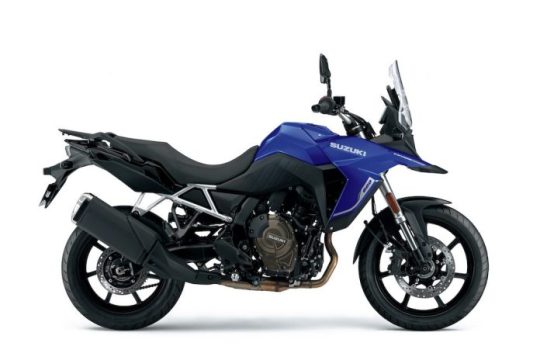
Like the V-Strom 800DE, high quality suspension is still provided by Showa, but with a focus on delivering superior on-road performance. 150mm of travel at the front and rear comes courtesy of preload-adjustable inverted front forks and a link-type monoshock adjustable for preload and rebound damping, delivering sure-footed roadholding and a plush ride for long days in the saddle. Stopping power comes from radially-mounted four piston Nissin calipers.
Further underlying the V-Strom 800RE’s prowess as the tool to explore all roads it comes with a seat height of 825mm, while aluminium, rubber-covered footpegs are set 14mm further rearward and 7mm higher than the V-Strom 800DE, and aluminium tapered handlebars are 13mm lower and 23mm further forwards. They’re also 15mm narrower. A taller and wider screen offers more weather and wind protection on longer rides.
Nestled underneath the screen is a 5” colour TFT screen with dual display modes for day and nighttime riding. All the navigation of menus and features is done via a simple, easy-to-use rocker switch on the left-hand handlebar. There’s also a handy USB port located on the left-hand side.

Displayed on the bright, clear screen is all the information required by the rider, including the current setting selected from its three-mode traction control system – which can also be switched off – and the current power mode selected, from Active (the more sportier and direct throttle map), Basic (ideal for cruising or city riding), and Comfort (perfect for wet or cold conditions). There are also two ABS settings, providing differing levels of intervention.
A ride-by-wire throttle connection provides a natural feel and connection to the rear wheel, while a standard-fit bi-directional quickshifter – allied to a slipper clutch – makes gear changes slick and seamless. There’s also Suzuki’s low rpm assist and easy start function.
Sharing a similar DR Big-inspired look as the 800DE, complete with iconic beak and full LED lighting front and rear, the V-Strom 800RE will come in Pearl Vigor Blue, Metallic Matt Steel Green, and Glass Sparkle Black.
There will also be a full suite of genuine accessories available including a choice of three-piece aluminium or plastic luggage, heated grips, and a centre stand.
Read the full article
1 note
·
View note
Text




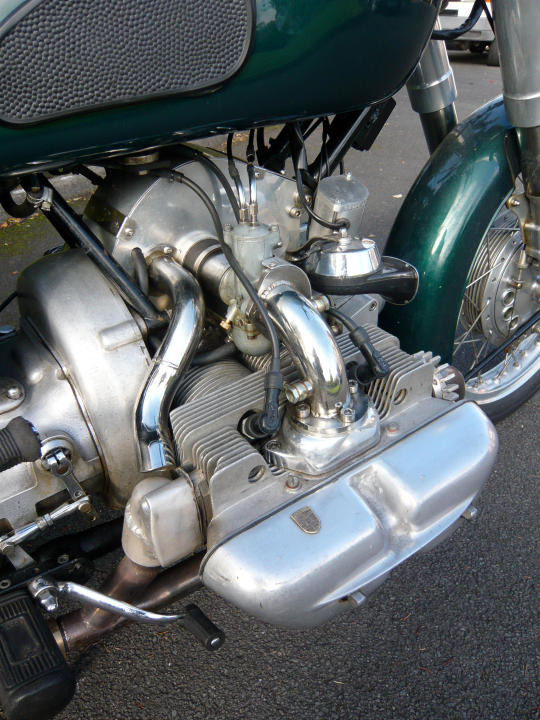
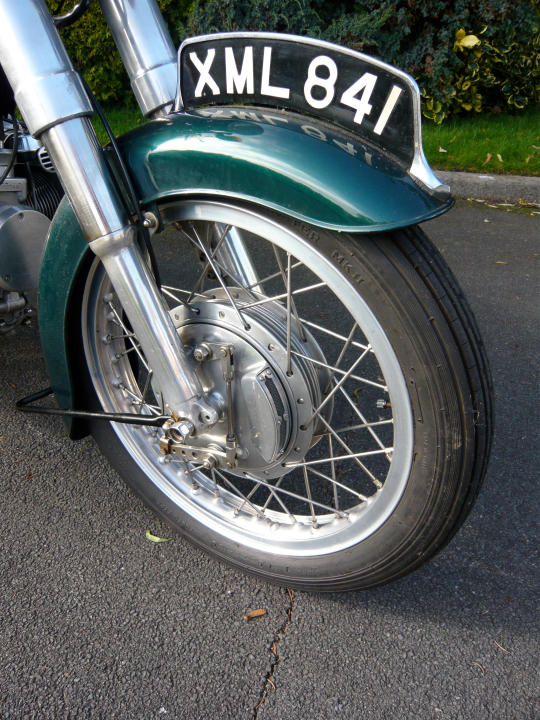
c.1952 Sunbeam-Porsche 990cc Special
Registration no. XML 841
Frame no. S8-5250
Engine no. P-22034
The manufacturing rights to the famous Sunbeam motorcycles were acquired by BSA Ltd in 1943 from AMC of London who had succeeded John Marston Ltd, manufacturers of Sunbeam's since 1887. AMC continued production with variations on Marston's range, even retaining the model designations however, BSA abandoned Sunbeam motorcycle production throughout WW2, producing only Sunbeam bicycles.
In 1945, BSA were given designs of German motorcycles as part of the reparations programme, basing the BSA Bantam and the Sunbeam S7 around those of the DKW R125 and the BMW R75 respectively. The running-gear of the first S7's were closely based on BMW lines, though the engine, a pre-war-designed in-line twin, was perhaps an unfortunate choice, lacking the power to match the S7's appearance. BSA themselves experimented with a four-cylinder version though this remained a prototype only.
In 1969, Gordon Griffiths the then owner of 'XML 841' became dissatisfied with the S8's lack of power, deciding to change its powerplant. Griffiths, a highly experienced motorcycle 'special' builder chose to transplant the S8's engine with that of a Volkswagen 1200 Beetle, but whilst as reliable as expected, the lack of power continued to fall short of the enthusiastic riders expectations.
Griffith's next step to increase the Sunbeam's power was a logical one, utilising a 1955 Porsche 'A-Series' motor. A special bell-housing was cast in aluminium, as were rocker-box covers, replacing the Porsche pressed-steel items. The Sunbeam-Porsche's first show outing was to the 1972 BMF Rally.
Road-tested by the late John Ebbrell for Motor-Cycle News (copy article on file) 'XML' made many show-stopping appearances including one at Olympia for 'Motor Cycle', having been fitted with concentric Amal carburettors as part of the owners continued commitment to improve the machine. A BMW tank and indicators, Norton 'Roadholder' forks and much-revised rear suspension have been fitted, the most recent modification being a custom-built Boyer-Bransden two-tier electronic ignition system and a genuine Vincent Black Shadow speedometer. The latter were acquired by 'XML's' second custodian, an APMC member and engineer, who inherited the machine in 1992 and is relinquishing it only because of increasing age.
This unique Sunbeam-Porsche is offered with an immensely-detailed history file, casting patterns, large-format photographs, V5C and RF60 logbook. A unique opportunity for the lover of motorcycle engineering at its best, or for the Porsche owner who relishes two wheels.
Motorcycle Monday
From the Bonhams site
0 notes
Text
Breede River, Overberg region of the Western Cape, South Africa. Waiting for the hand drawn pont, which is on the far side to collect me. It was a miserable day with lots of rain and mist. I pressed on to Heidelberg where I purchased two hot pies and coffee and then began the trip home, total distance of just over 400 km on my trusty XR 125 Honda. The roads were treacherous but the roadholding on the 125 with it's 19 inch front wheel is phenomenal in muddy conditions.
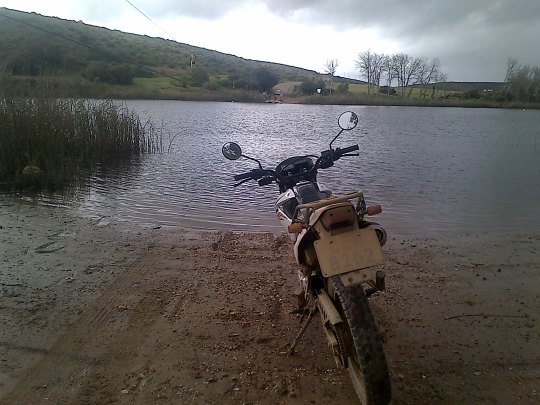
1 note
·
View note
Photo
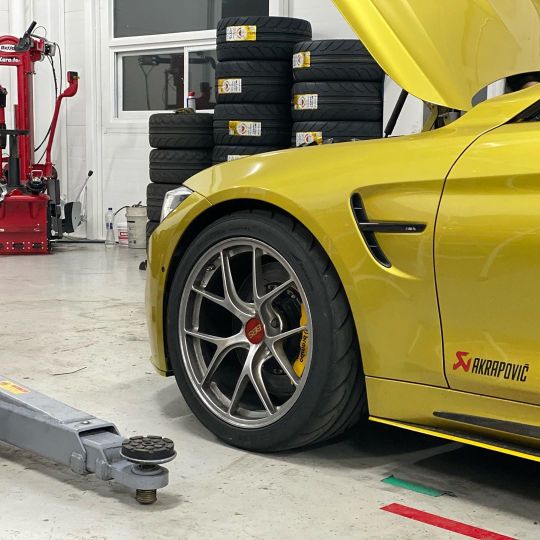
AST SUSPENSION. BMW F82 M4 5100 Rear Coilover. 편안한 승차감과 최고의 그립을 느낄수 있는 네덜란드의 AST서스펜션 입니다. 최대 장점인 프론트 Inverted system과 긴 스트록으로 모든 범프를 빠르게 처리 하며, 로드홀딩의 정석을 느끼실수 있습니다. #astsuspension #f82m4 #roadholding #bettergrip #invertedsystem #motioninmotorsport #모션인모터스포트 #모션인모터스포트부산 #모터클라세 #삼군게러지 #s12모터스 #베이직퍼포먼스 #강그니매니아 #온게러지 #벤로직서플라이 (at Motion in Motorsport.) https://www.instagram.com/p/B9snOVnFv4A/?igshid=1dtlzrjs9bcde
#astsuspension#f82m4#roadholding#bettergrip#invertedsystem#motioninmotorsport#모션인모터스포트#모션인모터스포트부산#모터클라세#삼군게러지#s12모터스#베이직퍼포먼스#강그니매니아#온게러지#벤로직서플라이
0 notes
Photo

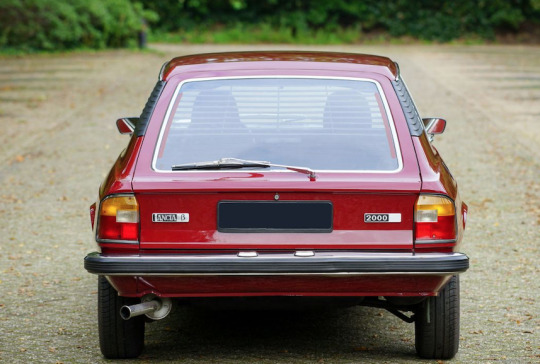
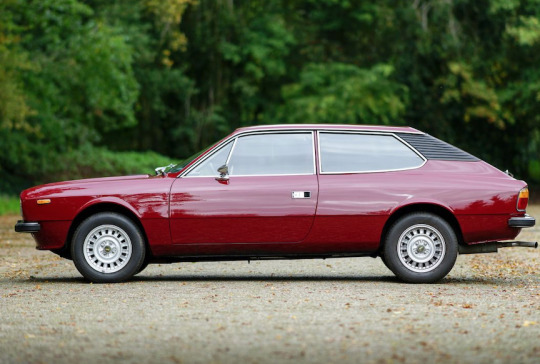

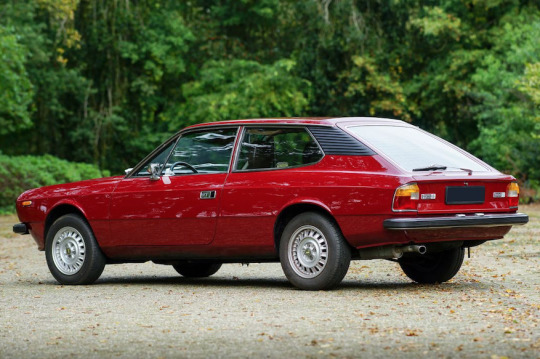




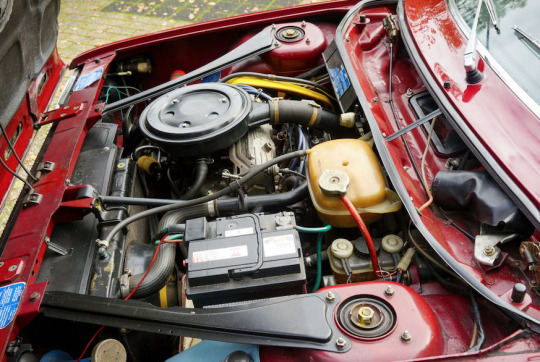
Lancia Beta 2000 HPE
Introduced at the March 1975 Geneva Salon, the Lancia Beta HPE was more of a ‘lifestyle estate’ than a serious load lugger. Indebted to the existing Coupe and Berlina variants for its visage and wheelbase respectively, the newcomer was powered by a choice of 1600cc, 1800cc and (later) 2000cc ‘twin-cam’ engines. Sharing the same all-round independent suspension, four-wheel disc brakes, rack and pinion steering and five-speed manual transmission as its siblings, the High Performance Estate was praised by the contemporary press for its performance, handling and roadholding being labelled ‘a driver’s car’. Known simply as the Lancia HPE from 1979 onwards, the stylish three-door remained in production until 1984. Sadly, Lancia’s well-documented rust issues mean that survivors are a rare sight on today’s roads.
It's engine was derived from the relatively new Aurelio Lampredi-designed Fiat twin-cam, which at that point was one of the world's most advanced four-cylinder production engines. Its aluminum cylinder head, with hemispherical combustion chambers, was modified by Lancia, and it helped the engine outpunch its Fiat counterpart. Like the Fulvia and Flavia before it, the Beta featured front-wheel drive; the engine was mounted transversely, and tilted back by 20 degrees to allow for a better center of gravity and a lower hood.
32 notes
·
View notes
Text
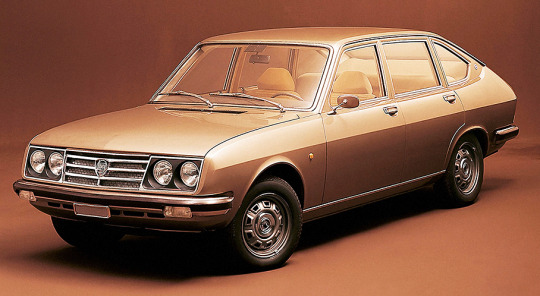
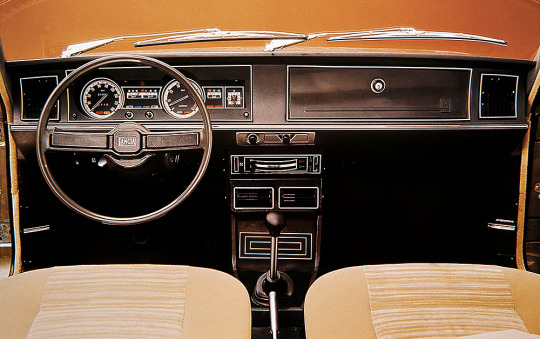
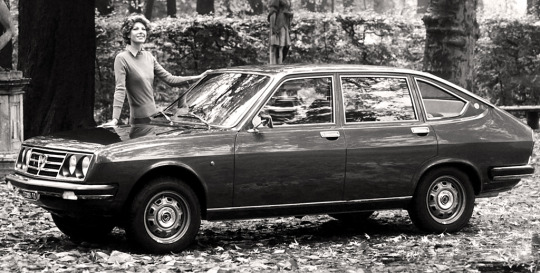


50 years young - Lancia Beta, 1972. The Beta was the first completely new Lancia designed and developed after Fiat took over the illustrious Italian marque in 1969. It was well received by the motoring press and public when launched being praised for performance and their good handling and roadholding. Unfortunately poor proofing meant the cars quickly developed a reputation for being rust-prone, including structural elements like the front subframe. This undermined both the reputation of the Beta and the Lancia brand as a whole. The brand lives on through the supermini Ypsilon, but parent company Stellantis have announced plans to revive Lancia with a range of electrically powered models
#Lancia#Lancia Beta#1972#1970s#50 years young#50th anniversary#sports saloon#DOHC#transverse engine#front wheel drive
127 notes
·
View notes
Photo
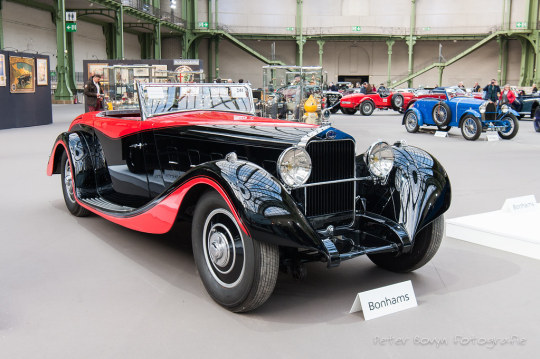
Delage D8S Cabriolet Special - 1935 by Perico001 Coachwork by Henri Chapron Chassis n° 39332 Les Grandes Marques du Monde au Grand Palais 2020 Bonhams Parijs - Paris Frankrijk - France February 2020 Estimated : € 800.000 - 1.200.000 Unsold In its day, the Delage D8 was the only French car that could be mentioned in the same breath as the 32CV Hispano-Suiza in terms of elegance and engineering excellence. Founded in 1905 by Louis Delage, the company had commenced production with a single-cylinder De Dion-engined runabout and within a few years was offering multi-cylinder designs. The publicity value of racing was recognised right from the start, a Delage winning the Coupe Des Voiturettes as early as 1908 and Louis himself taking the 1911 Coupe de l'Auto. Victories at the Grand Prix du Mans and the Indianapolis 500-Mile Race were achieved prior to WWI. In the 1920s the company became a major force in Grand Prix racing, and in 1924 set a new World Land Speed Record mark with a 10.7-litre V12. Four-cylinder DI and six-cylinder DM models formed the mainstay of touring car production in the 1920s, and then at the 1929 Paris Salon Delage launched the Maurice Gaultier-designed D8. A magnificent 4.0-litre overhead-valve straight eight featuring an X-braced chassis and servo-assisted brakes, the D8 was destined to attract the creative attentions of Europe's finest coachbuilders. The impressive list of D8 owners includes King Gustav V of Sweden, King Alexander of Yugoslavia, and Emperor Haile Selassie of Ethiopia as well as leading businessmen, politicians, and film stars of the day. As development progressed, higher-performance D8S and D8SS versions became available. Engine power was raised from 120 to 145bhp, weight reduced, the chassis lowered and the rear springs altered, the results being an increase in top speed to over 100mph (160km/h) and a marked improvement in both roadholding and handling. Along with many other manufacturers of quality cars, Delage was badly affected by the economic downturn of the early 1930s. Despite a favourable reception for its new range, Automobiles Delage went into receivership in April 1935 and shortly thereafter was taken over by Delahaye. From then onwards, Delages were built to Delahaye designs but retained their own superior short-stroke engines and hydraulic brakes. This magnificent and luxurious D8S Cabriolet was ordered from Henri Chapron on 11th May 1934 by the UK Delage concessionaire, J Smith & Co Ltd of Albemarle Street in London's fashionable Mayfair district for their customer, a Mr Maquel. An official certificate, signed by Madame Chapron on 20th December 2019, confirms these details and states that it was delivered with body number '4624'. Further more, Mme Chapron states that this car seems to be the only D8S completed by Chapron with Cabriolet Special coachwork, which featured an ingenious method of concealing the hood when the latter is down (see below). This Delage D8S is exceptional for several reasons. The D8S is the best chassis ever produced by Delage; more importantly, this car's stunning body by Chapron, one of the finest coachbuilders of the 1930s, achieves a perfect balance between luxury and refinement. Wonderfully elegant, Chapron's body completely conceals the hood when the latter is folded down, while the rear compartment has a fitted cover, making this often-problematical area of a convertible car a triumph of streamlined packaging. It also has a sumptuous red leather interior featuring an exotic wooden dashboard of great beauty. On January 28th 1976, chassis number '39332' was purchased by a car collector from Houston, and in the early 1990s was completely restored by specialists Blackhawk in Danville, California. Damaged by winter freezing, the original engine (number '136') was replaced by engine number '132', an excellent unit taken from a well known D8S that had been displayed since the 1960s at the Musée du Bec Hellouin in Normandy, France. On 11th November 1994, '39332' re-crossed the Atlantic, finding a new home as part of an important European collection where it has remained for the last 25 years. Carefully maintained and in running order, it underwent a complete overhaul in 2017. Never displayed in public for the last 25 years, it is simply a potential class winner at prestigious Concours d'Élégance all over the world, including Pebble Beach. Equally suited to continental touring or the concours lawn, this elegant D8S cabriolet will turn heads wherever it appears. https://flic.kr/p/2k4yR6a
15 notes
·
View notes
Text

1936 Matchless Model X Sports Tourist, 990cc (60 cu in) side-valve V-twin with a shorter wheelbase frame which improved roadholding and steering
8 notes
·
View notes
Photo
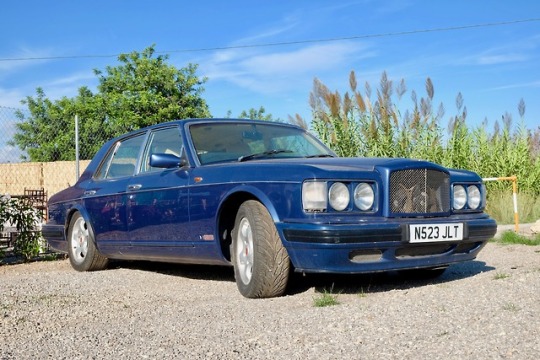


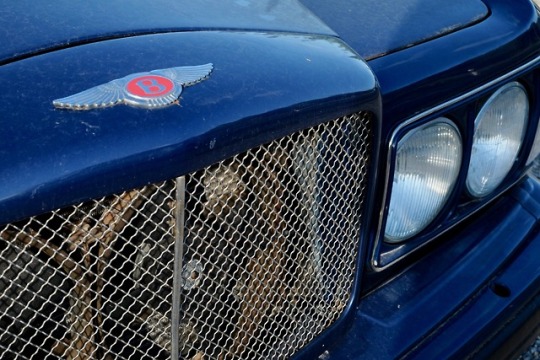
The letter R stood for roadholding. This car also put Bentley back on track for success: Turbo R, built in 1985 during the company's Rolls-Royce-era to replace the original Mulsanne Turbo. It was in production until 1997 with some performance improvements. 235 kW (320 HP) and a top speed of more than 220 km/h, later 240 km/h with 2.400 kg were a real challenge for luxury lurkers.
#bentley#bentley turbo#bentley turbo r#rolls royce#mulsanne#mulsanne turbo#luxury cars#british cars#boosted luxury#that's so autolandish#autolandish#streetfightingcars#Ibiza#eivissa#original content
58 notes
·
View notes